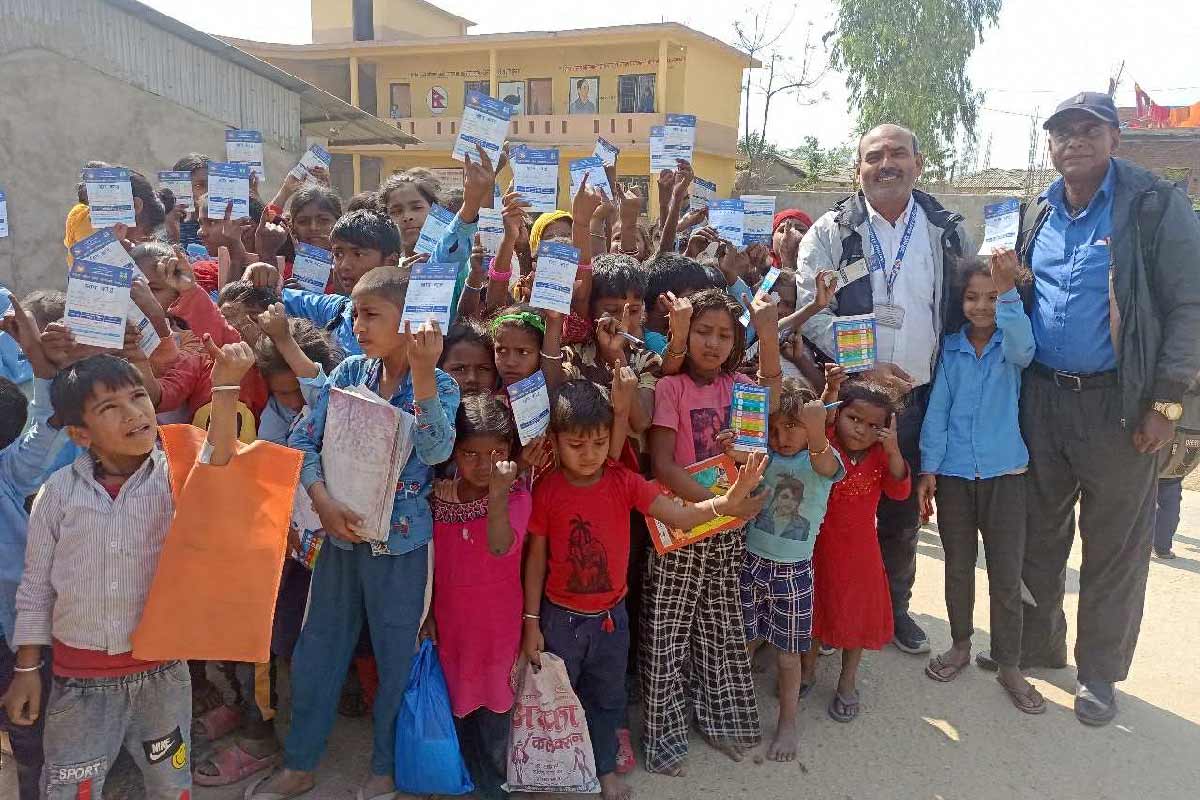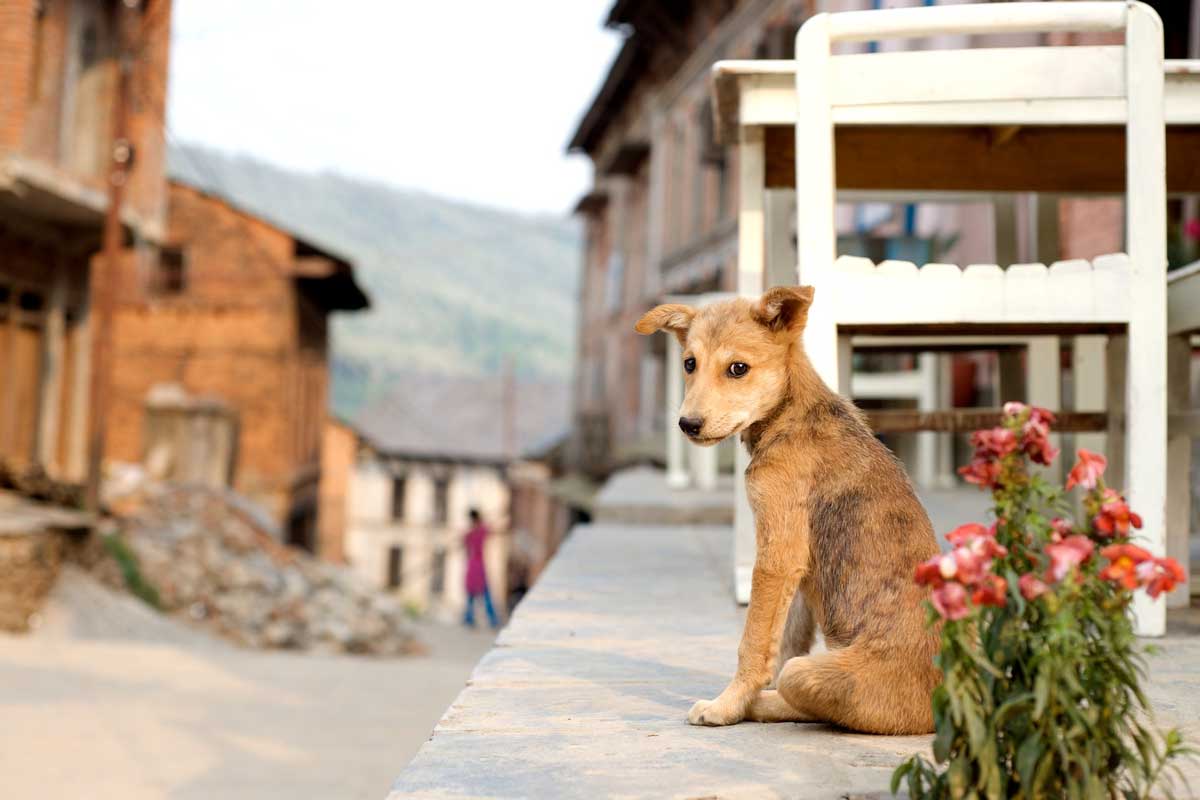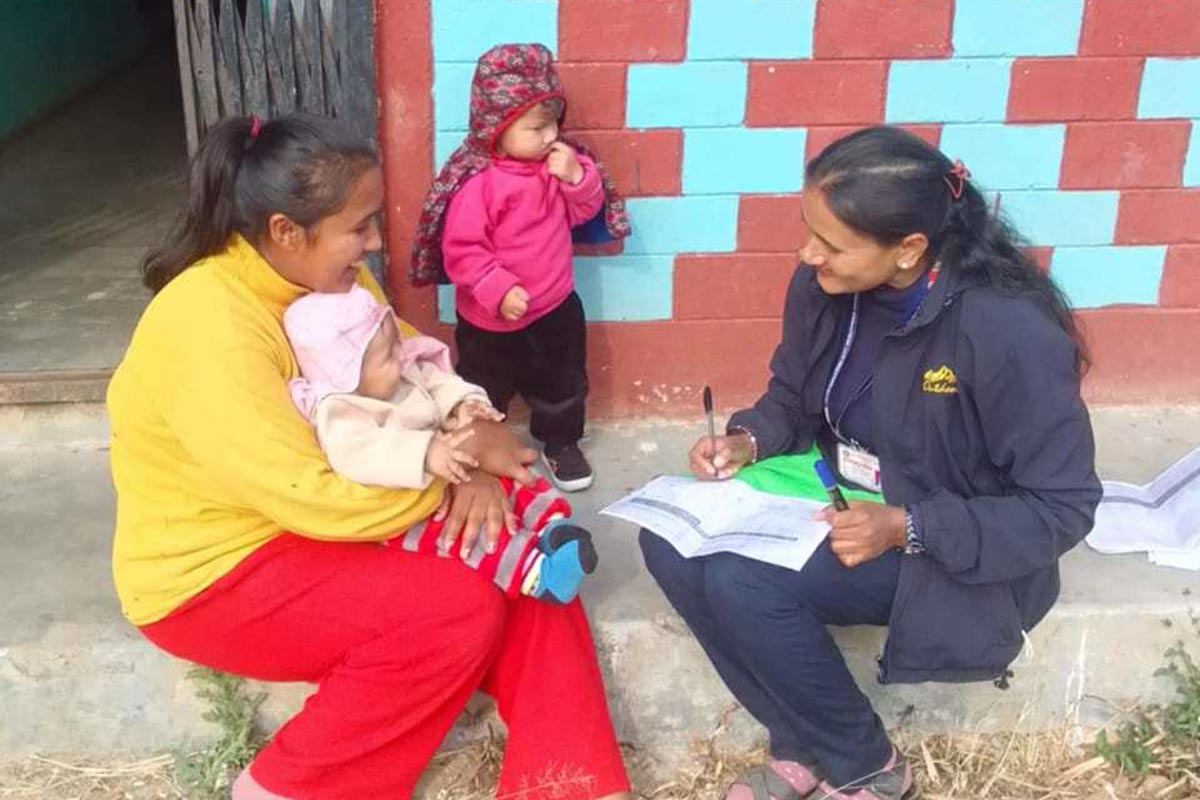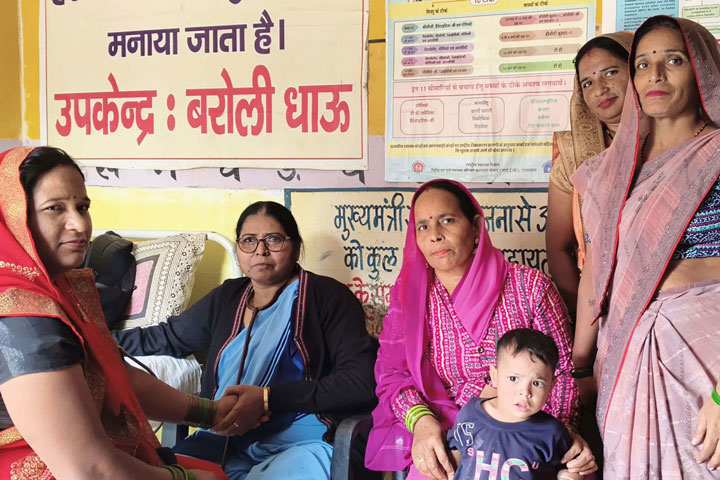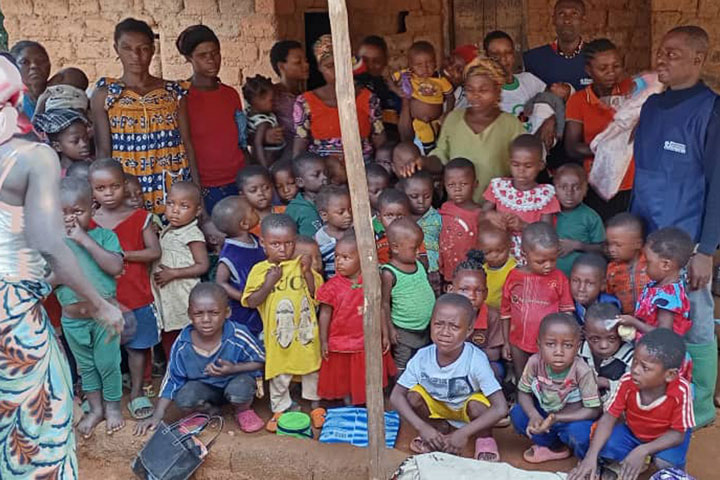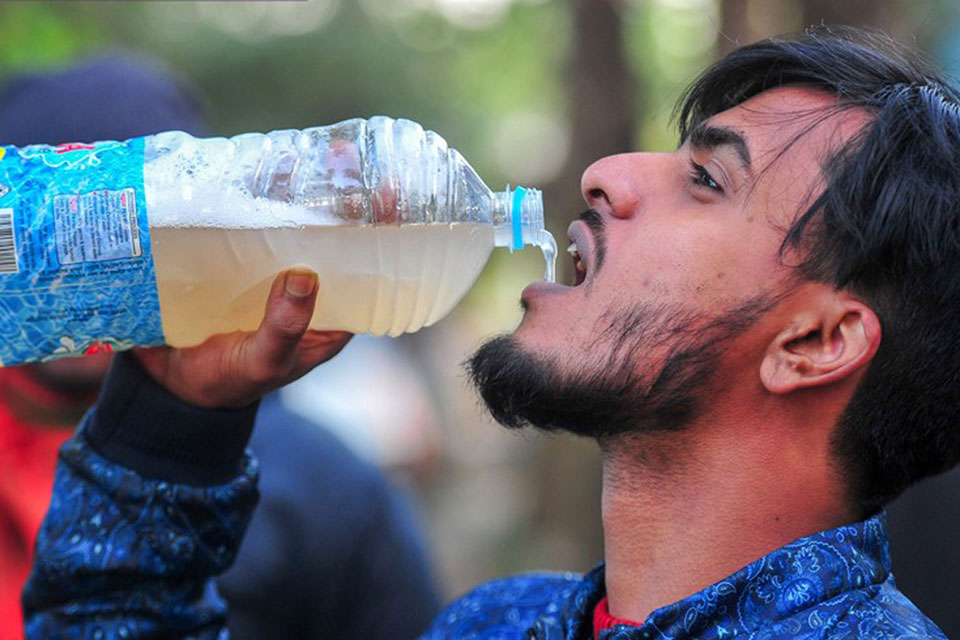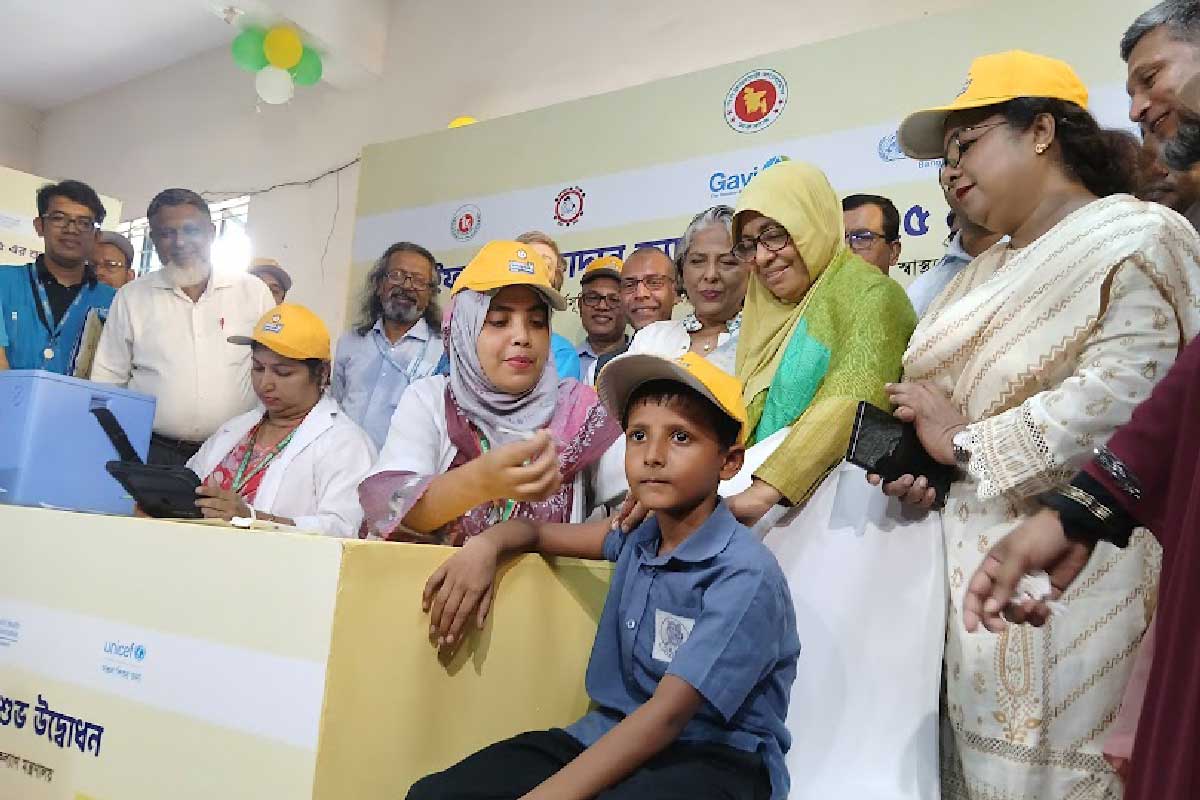In Nepal, climate change is shadowed by two decades of surging dengue
Nepal recorded its first, lone case of dengue in 2004. Twenty years later, major outbreaks land each and every monsoon.
- 22 November 2024
- 6 min read
- by Pragya Timsina
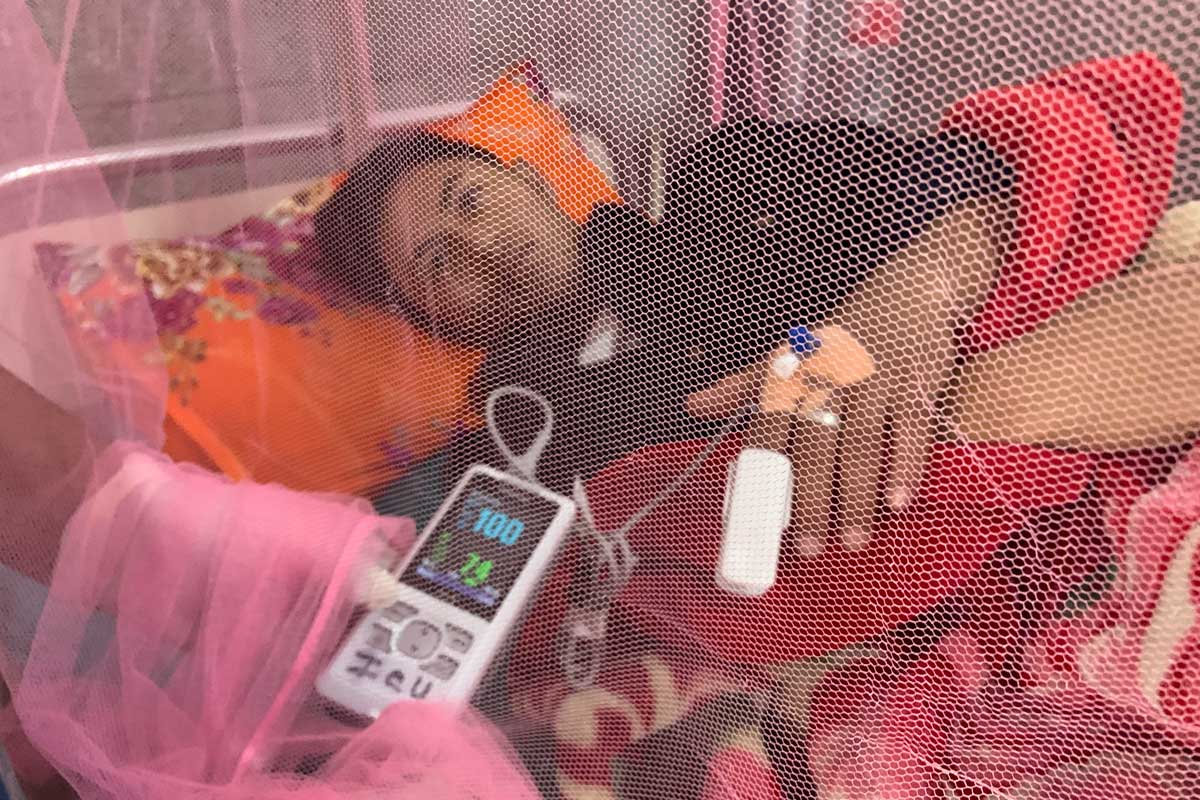
Dr Sher Bahadur Pun, an infectious disease expert at Sukraraj Tropical and Infectious Disease Hospital (STIDH) in Kathmandu, says he felt “helpless” when a sudden tsunami of patients with high-grade fevers, headaches and body aches descended on the hospital’s outpatient department in 2022.
In a normal times, they expected a daily influx of between 70 and 100 patients. But when the dengue outbreak began, that figure spiked to approximately 1,000 per day.
With the available human and other physical resources of the hospital, it was almost impossible to manage a surge of nearly ten times the capacity of the health institution. With the indoor spaces crammed, doctors and nurses began providing outpatient services on the open ground outside the hospital, Dr Pun remembers. Working hours stretched late into the evening.
The hospital’s inpatient department was also running out of capacity. Intensive care beds were full, and patients in the general ward were encamped on mats on the floor.
“With the indoor spaces crammed, doctors and nurses began providing outpatient services on the open ground outside the hospital.”
- Dr Sher Bahadur Pun, an infectious disease expert at Sukraraj Tropical and Infectious Disease Hospital (STIDH) in Kathmandu
Private hospitals in the city were faring little better. Dr Bishad Dahal, now a third year internal medicine resident at Kathmandu Medical College, had just joined his residency in 2022 when dengue swept through the Kathmandu valley. He remembers going to hospital at 05:00 to look after admitted dengue patients, completing his rounds at 09:00 – then pitching in at the outpatient department to look after other suspected dengue cases until 17:00. Next, his rounds of admitted patients would recommence. Until the winter season began, and the caseload began to go into decline, his workday ended, between 21:00 and 22:00, he said.
For Nepal’s health care workers, the hard memories of the 2022 epidemic are reawakened each monsoon: the country has seen large-scale dengue outbreaks in the rainy season of each year since.
Dengue in Nepal: when it started, how it is going
The first case of dengue infection in Nepal was reported in 2004. A Japanese traveller had come to Nepal for a vacation, and is thought to have ‘imported’ the mosquito-transmitted virus after contracting it in India.
Two years later in 2006, 32 cases were reported in Chitwan district, in what qualified as the country’s first indigenous outbreak.
For a few years after that, dengue in Nepal was recorded exclusively in the Terai region, which is low-lying and shares a border with India.
According to reports released by Nepal’s Epidemiology and Disease Control Division (EDCD), Nepal faced its first-ever major outbreak in 2010, with 917 cases and 5 deaths.
The next big surge of dengue cases happened in 2013. By this time, the infection had spread to 25 different districts of Nepal. The Aedes aegypti mosquito that transmits the virus is more common in tropical and subtropical climates, but as temperature norms shifted, dengue began to be reported even from the hilly and mountainous parts of the Himalayan country.
Until 2022, major outbreaks occurred every two to three years. But since 2022 the country is facing an annual, seasonal rapid surge of dengue cases – a mounting concern for the health care system.
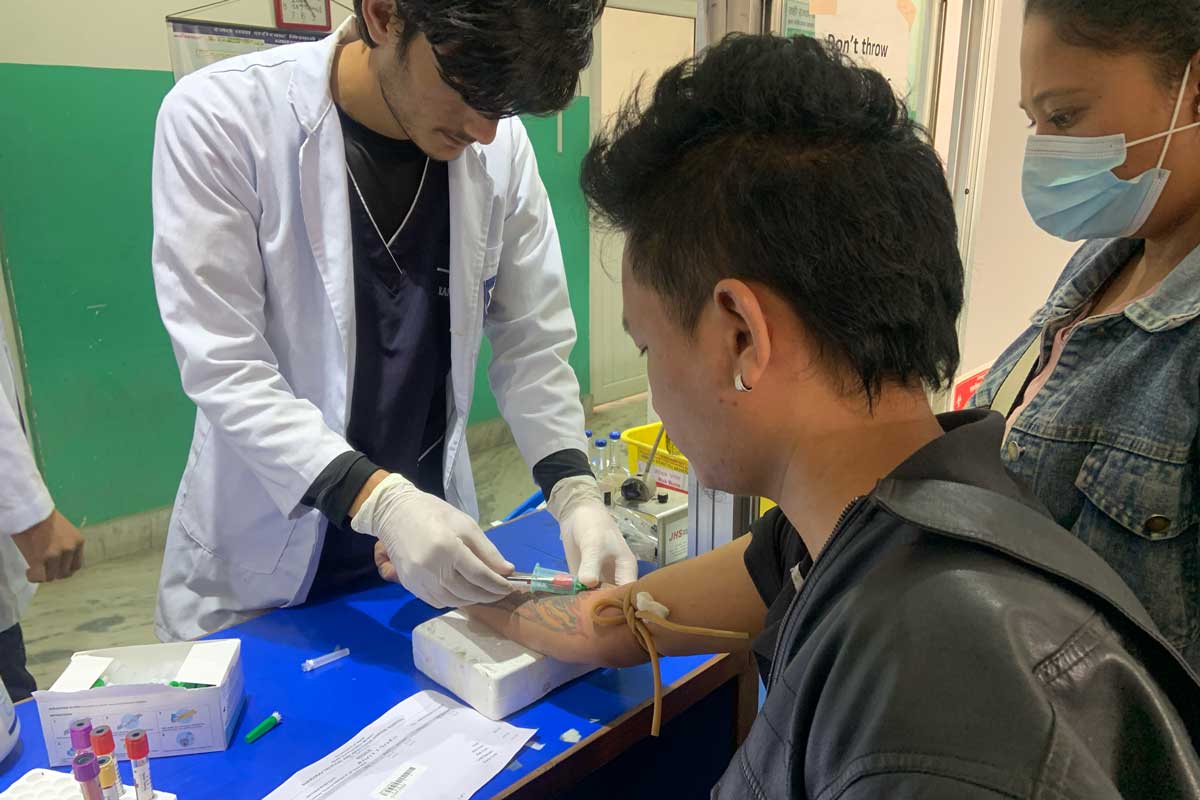
Every year, a new challenge
In a recent op-ed published in the Kathmandu Post, Dr Pun wrote that “the virus has become more complex and dangerous” over the years. But it’s also hard to predict the virus’s course.
Though the pace of transmission has broadly accelerated in recent years, that hasn’t translated directly to higher year-on-year mortality rates.
Back in 2022, when a total of 54,784 cases were reported, the number of patients requiring ICU and hospital admission was very high. And the highest number of fatalities to date – 88 deaths – were reported that year.
In recent months, Nepal has been hit by some of the most devastating and widespread floods and landslides in its history.
This year when dengue infections started rising, hospitals also started preparing themselves, anticipating more severe dengue cases as reinfection with a different serotype is typically more dangerous than the first.
But both epidemiologists and clinicians have been surprised to find that, even as the number of cases increases, the proportion of people getting severe infection is falling. Dr Sher Bahadur Pun has termed this year’s dengue wave ‘walking dengue’, as a majority of patients appear to be recovering without needing hospital admission.
That said, as of 28 October, 12 verified dengue deaths had already been tallied, with the year’s surge expected to ebb away only in December.
When it rains, it pours
With researchers – and the World Health Organization – specifying a link to climate change, dengue is not a standalone challenge.
In recent months, Nepal has been hit by some of the most devastating and widespread floods and landslides in its history. The cause was massive rainfall. Once the rain stopped, and the affected communities began to recover and rebuild, the illness took hold.
Ujjwal Timilsina, a 17-year-old student living in Kathmandu to pursue his higher studies, initially had very high-grade fever, measuring 39.4°C. His spiking temperature came with a severe headache and pain behind the eyes.
Then, one after another, all his housemates came down with similar symptoms. Timilsina had had dengue a year previously, so he recognised his symptoms quickly. He took paracetamol and resolved to wait it out.
But after two days, he was admitted to hospital with intractable vomiting, difficulty breathing and bleeding from his nose. Many people in his locality – which was affected by last month’s floods – have had similar symptoms.
Although dengue can take unexpected turns, the broad pattern is predictable. The monsoon season runs from June to August, and shortly after that, the dengue cases begin to surge. This is likely connected to the fact that the vector mosquitoes breed in waterlogged ditches and pools.
The spread of infection has also been more pronounced in urban areas and major cities like Kathmandu, Biratnagar, Chitwan and Pokhara, than in the rural part of the country.
Have you read?
Battle against the virus
But it isn’t only the virus that’s evolving. Each year, Nepal is better equipped to brace for the oncoming surge. Dr Gokarna Dahal, Section Chief, Vector Borne Disease Control Section, EDCD, told VaccinesWork, “learning from past mistakes, this year we have prepared well, and more timely than before.”
An extensive “mosquito search and destruction” programme has been conducted across many local government zones. Health care institutions have been well prepared, stocking up on medicines and rapid diagnostic kits, with staff undergoing top-up training during the pre-monsoon period.
The primary goal is to prevent people from getting infected. But in case they become ill, this time the government is well prepared to handle the outbreak, says Dr Dahal.

